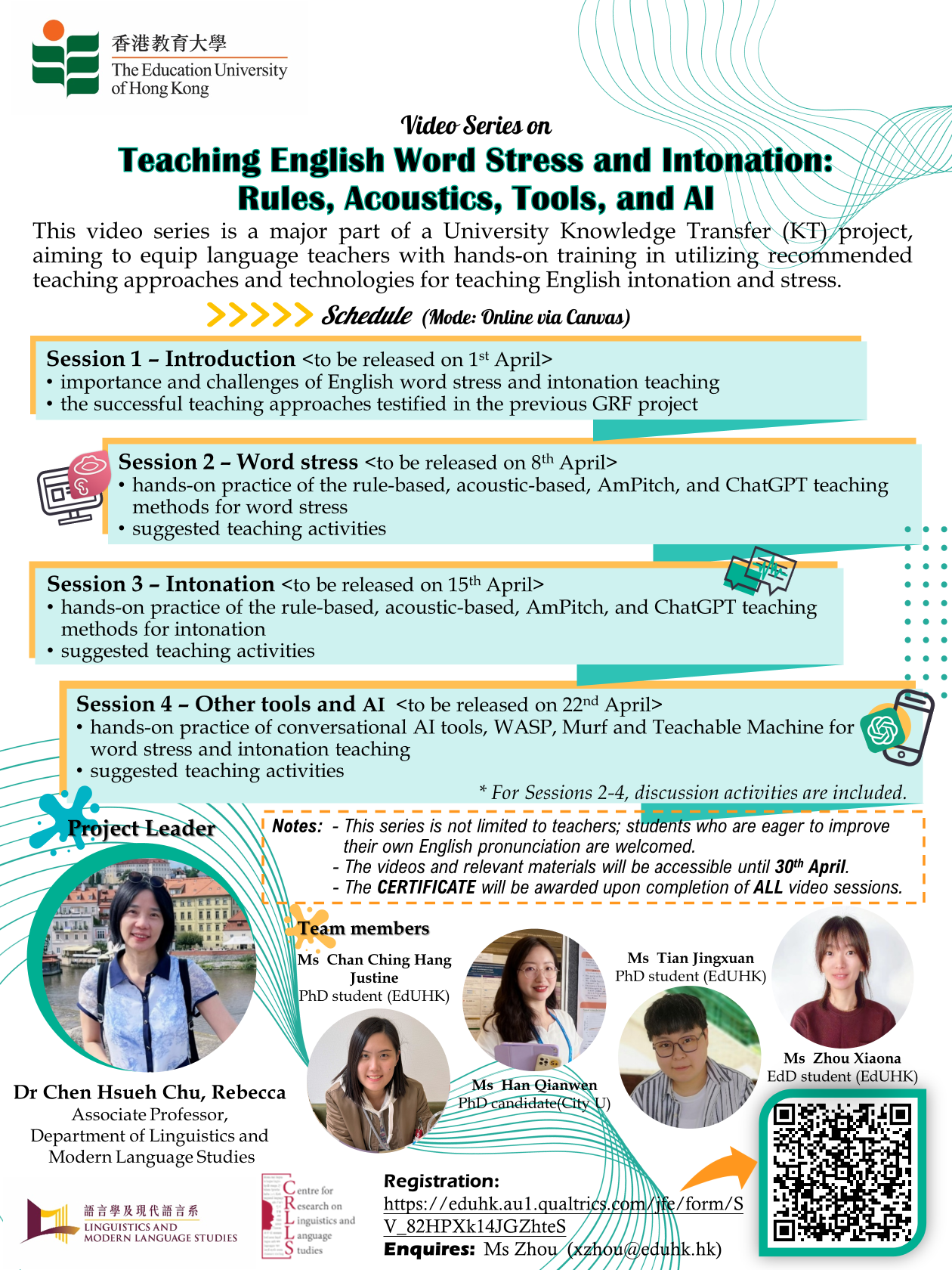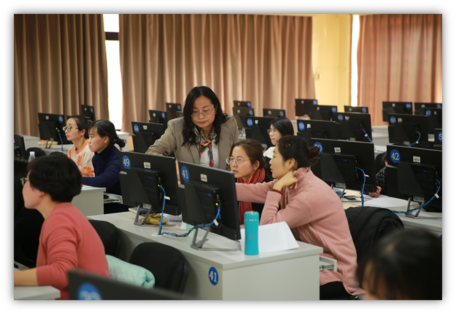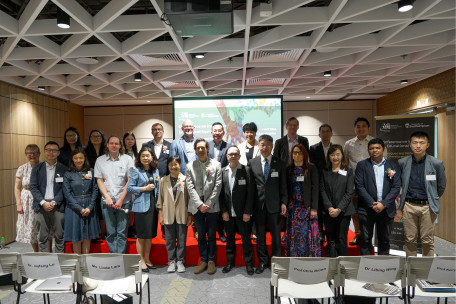- Ma, Q., Chiu, M.M. (2024). Self-regulated and Collaborative Personalised Vocabulary Learning Approach in MALL. Language Learning & Technology, 28(1), 1-28.
|
- Ma, Q., Yuan, R. E., Cheung, L. M. E., & Yang, J. (2024). Teacher paths for developing corpus-based language pedagogy: A case study. Computer Assisted Language Learning, 37(3), 461-492. doi: 10.1080/09588221.2022.2040537
|
- Ma, Q., Chiu, M. M., Lin, S., & Mendoza, N. B. (2023). Teachers’ perceived corpus literacy and their intention to integrate corpora into classroom teaching: A survey study. ReCALL, 35(1), 19-39. Retrieved from https://doi.org/10.1017/S0958344022000180
|
- Ma, Q., & Yan, J. (2022). How to empirically and theoretically incorporate digital technologies into language learning and teaching. Bilingualism: Language and Cognition, 25(3), 392-393. doi: 10.1017/S136672892100078X
|
- Chen, H. C., & Chan, J. H. (2024). L2 English listeners’ perceived comprehensibility and attitudes towards speech produced by L3 English learners from China. International Journal of Multilingualism. Online publication. https://doi.org/10.1080/14790718.2024.2379549
|
- Chen, H. C., & Tian, J. X. (2024). The roles of Cantonese speakers’ L1 and L2 phonological features in L3 pronunciation acquisition. International Journal of Multilingualism.21(1),
1-17. doi: 10.1080/14790718.2021.1993231
|
- Chen, H. C. & Han, Q. W. (2023). The effects of metaphonological awareness training on L3 Mandarin tone acquisition by Cantonese learners. International Journal of Multilingualism. 20(2), 388-407. doi: 10.1080/14790718.2020.1820509
|
- Chen, H. C., & Tian, J. X. (2022). Developing and evaluating a flipped corpus-aided English pronunciation teaching approach for pre-service teachers in Hong Kong. Interactive Learning Environments, 30(10), 1918-1931. doi:10.1080/10494820.2020.1753217
|
- Lee, A., & Ng, E. (2022). Hong Kong women project a larger body when speaking to attractive men. Frontiers in Psychology, 12. Retrieved from https://doi.org/10.3389/fpsyg.2021.786507
|
- Lee, A., Prom-on, S., & Xu, Y. (2021). Pre-low raising in Cantonese and Thai: Effects of speech rate and vowel quantity. Journal of the Acoustical Society of America, 149(1), 179-190. doi: 10.1121/10.0002976
|
- Ma, Q., Mei, F., & Qian, B. (2024). Exploring EFL students’ pronunciation learning supported by corpus-based language pedagogy. Computer Assisted Language Learning. https://doi.org/10.1080/09588221.2024.2432965
|
- Ma, Q., Crosthwatie, P., Sun, D., & Zou, D. (2024). Exploring ChatGPT literacy in language education: A global perspective and comprehensive approach. Computers and Education: Artificial Intelligence, Artificial Intelligence, 7, 100278 https://doi.org/10.1016/j.caeai.2024.100278
|









